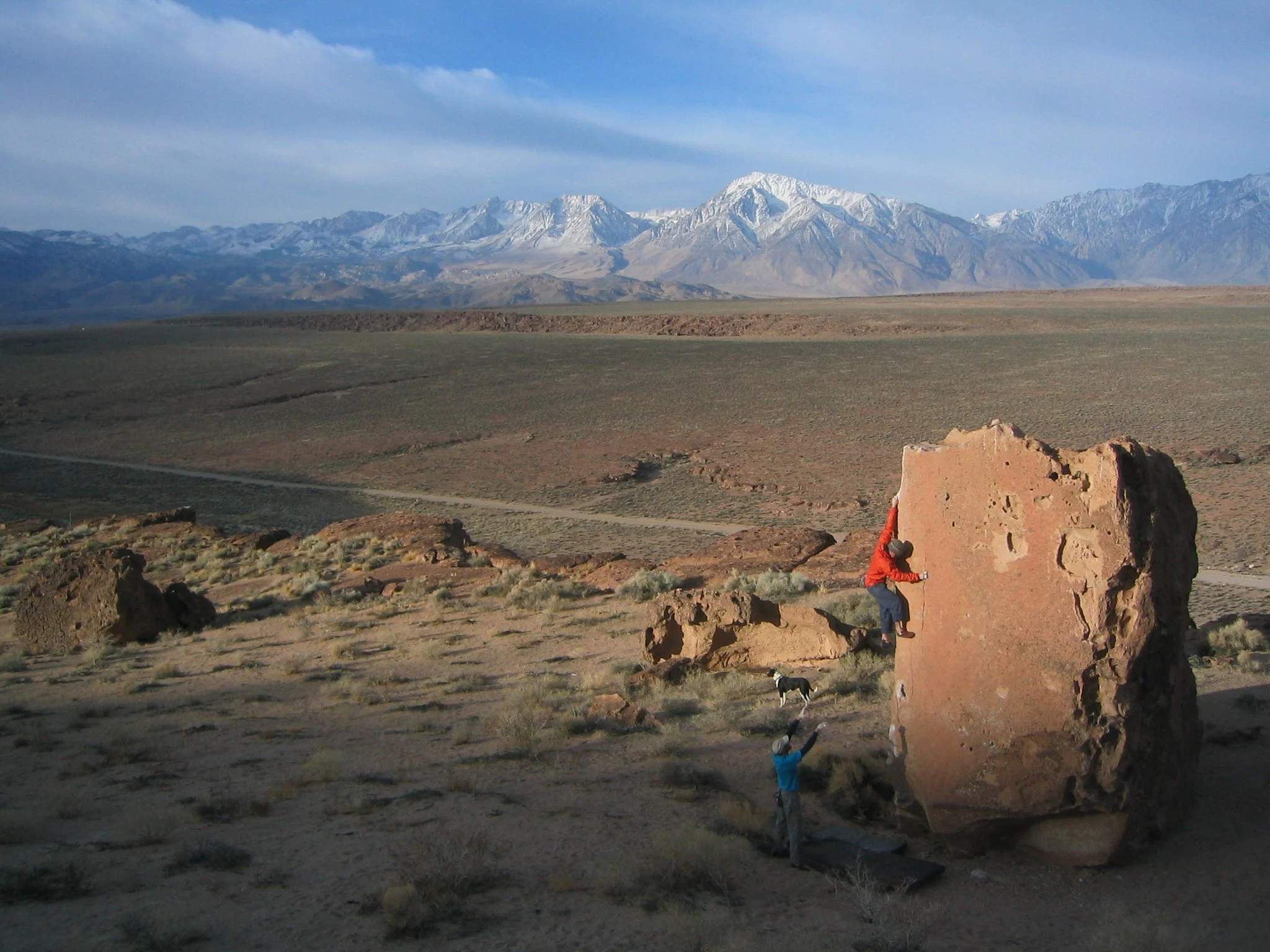The BLM Wants to Manage for Recreation and Sustainability—Why Stop It?
In the last few decades, Americans’ ideas of what public lands should do have evolved. Increasingly, Americans expect public lands to be managed for outdoor recreation. Rising participation in recreation, an expanding economic footprint, and public opinion all reflect the growing importance of outdoor recreation as a use of public lands.
Last year, the Bureau of Land Management finalized its Public Lands Rule with the goal of helping the BLM better balance conservation and recreation values with development on the 245 million acres of public lands the agency manages. While BLM lands provide important traditional uses like grazing, mining, and energy development, they are also home to outstanding outdoor recreation opportunities and conservation values that need to be protected.
In September, the Department of Interior announced its plan to rescind the Public Lands Rule and opened a 60-day comment period, which ended November 10, 2025. The stated goal of the rescission is to “eliminate unnecessary barriers to energy development and support the multiple-use mandate of the BLM by not prioritizing conservation over all other uses.”
Below is a map from our GIS Lab that shows the lands that would be at risk for development if the rule is rescinded.
A Need to Protect Outdoor Recreation
Traditionally, the BLM has prioritized development and extraction on the land it manages. Part of the goal of the Public Lands Rule is to help the BLM better balance development with other values, including conservation and recreation—should you do an energy project in a wildlife corridor? Should you drill for oil through a critical watershed? Can we help to better site restoration work and mitigation projects for development impacts? BLM lands are important for development, but if the goal of multiple use is to manage in perpetuity, it makes sense to ensure development happens in appropriate places and with appropriate mitigation for impacts.
Outdoor Alliance was deeply involved in the development of the Public Lands Rule, in particular, helping the final rule to better reflect the importance of managing for sustainable recreation. Our goal was to ensure that people saw themselves in the final rule and had the opportunity to experience its benefits through positive recreation outcomes. Louis Geltman, Outdoor Alliance Vice President for Policy & Government Relations, was appointed to the (short-lived) Federal Advisory Committee for implementing the rule, before it was disbanded earlier in the year.
One of the most important features of the rule is its recognition of outdoor recreation as a core part of public land management. The rule ensures the BLM accounts for recreation values, protecting landscapes that are essential for climbing, paddling, mountain biking, and other human-powered activities, and supporting mitigation for impacts from development activities on recreation resources. It also allows the agency to identify and protect intact landscapes and establish or expand Areas of Critical Environmental Concern (ACECs), safeguarding places important for wildlife, cultural resources, and outdoor experiences.
The Public Lands Rule directed the agency to provide “conservation and restoration leases,” which would allow for active restoration and mitigation—not just “no use”—on BLM land that was not actively being used for development purposes. This means that industries that impact public lands could be required to offset those impacts through restoration work—helping ensure that degraded lands are restored for both ecosystem and recreation purposes. In the face of climate change and increased use, it is sensible to provide opportunities for active restoration to maintain BLM lands in perpetuity. These leases are important because managing for recreation means that we are caring for public lands so that they are pleasant places to recreate—not permanently damaged by development activities.
The Public Lands Rule also has strong support from the public, from the outdoor recreation community and outdoor business community, and from industry. The Rule reflects years of advocacy from the outdoor recreation community and many others, who submitted comments, met with officials, and elevated the importance of keeping public lands healthy and accessible. The final rule was a win for outdoor recreation and conservation, and if implemented, would help America’s public lands continue to support working lands and the growing outdoor recreation economy.
You can read Outdoor Alliance’s letter to the Department of Interior by clicking here or on the letter at right.
What does this mean for the future of managing for outdoor recreation?
BLM lands are deeply valuable to the outdoor recreation community. They offer opportunities for exploration, dispersed camping, and backcountry adventure that are more remote and less visited than many experiences at National Parks or on National Forests.
As demand for recreation grows and as Americans continue to expect that public lands will provide recreation opportunities, the BLM will need to manage its land in a balanced way, ensuring that development happens in appropriate places. While the administration has made some promising noises about outdoor recreation, the agencies need regulations and clarity to be able to protect recreation on public lands. Whether that is through maintaining the Public Lands Rule, part of it, or something new, the outdoor community, outdoor business, and the outdoor economy need the agency to provide certainty and support for recreation management.


